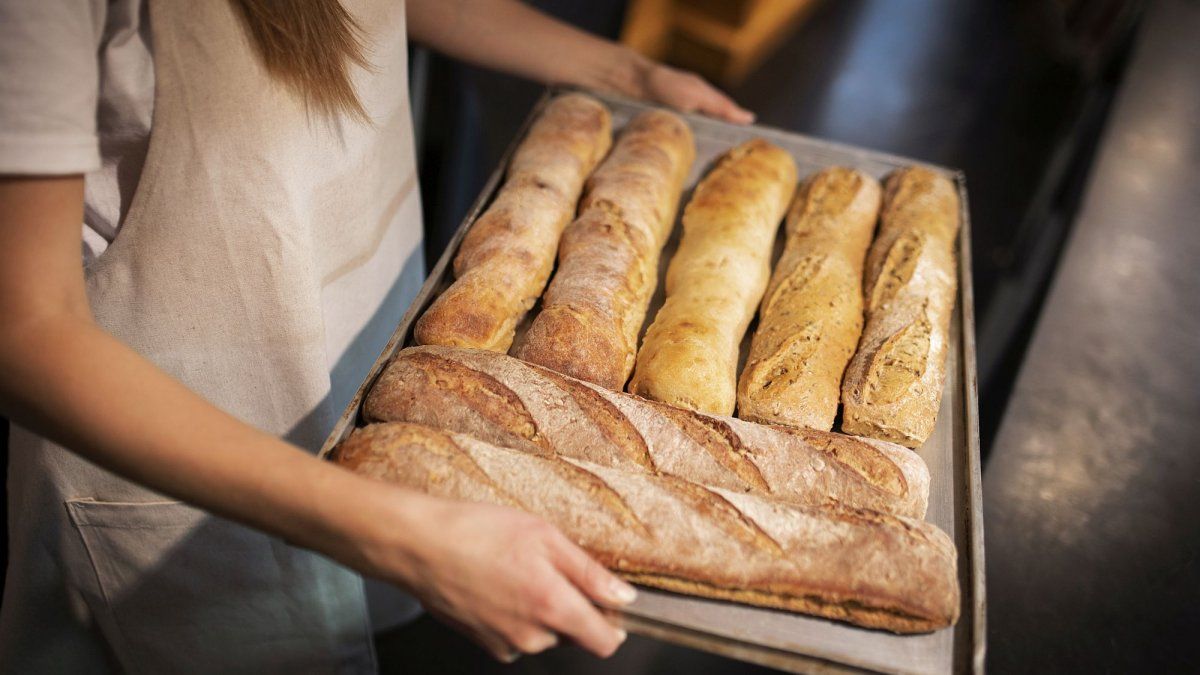Its main ingredient, Cynar, stands out for its versatility and distinctive flavour. It is an aperitif where sweet and bitter balance each other, and whose base ingredient is artichokes. Its unique flavour is the result of the infusion of 13 herbs and plants, including artichoke leaves, in a slightly alcoholic mixture. Its name derives from the botanical definition of this plant from the Asteraceae family: Cynar Scolymus. The recipe for Cynar has remained unchanged since it was first launched in Italy in 1952 by Angelo Dalle Molle, a Venetian entrepreneur and philanthropist. According to popular tradition, artichoke extracts, decoctions and tinctures were once used for cleansing purposes.
To begin to understand the history of the Cynar Julep, you have to go back to its roots. “It was very difficult for me to start creating cocktails,” says Santiago Lambardi, partner at Hierro, Casa de Fuegos and author of the first recipe for the cocktail.
The setting was Sucre, a space founded by bartender and food entrepreneur Tato Giovannoni in the turbulent year of 2001. Santiago invented a previous experience to be able to work there and together they formed a team for which the main task was simple: to get people to drink cocktails.
Caipirinhas and mojitos reigned supreme. Tato and Santiago served cocktails directly to the tables, trying to make the presentation eye-catching so that the public would ask for more, and eventually the success of the place meant that customers had to wait and many began to drink cocktails to liven up the wait.
In 2005, Tato left for New York and Santiago was left in charge, eager to propose something. “The cocktail is inspired by a weekend I had with great friends, a sunset
“I was in the countryside listening to music,” Santiago recalls. “When I came back from the trip I wanted to make a cocktail that conveyed that essence. That’s why it has mint, which in some way represents grass. I also always thought it would be a cocktail that didn’t have to be stirred but built in layers, because I wanted to tell a story. The Cynar bottle was there, it was nice, I started trying it and I built it until I liked it.”
cynar 2.png
That feeling of a peaceful and joyful evening among friends was highlighted in the place that the Cynar Julep occupied on the Sucre menu: in a section titled “Here Comes The Sun” in honor of the Beatles song, along with other refreshing, herbal and fruity cocktails ideal for starting the evening at sunset.
In addition to fresh mint, the initial recipe included lime, syrup, crushed ice, Cynar, gin and Citrus soda. It did not contain grapefruit juice and the mint was only added to the bottom of the glass. It is worth remembering that having fresh mint on a bar today seems common, but it was a conquest of bartenders in the years when kitchens began to put the importance of the quality of the ingredients first.
“The cocktail has notes of artichoke, of an aperitif like the Cynar with complex and bitter nuances. The grapefruit juice lightens the drink and makes it more pleasant. I like cocktails that evolve well in the glass, and in the Cynar Julep the last sip is sustained,” Santiago lists about the bases of the appeal of his creation.
From Sucre to all of Buenos Aires
The Cynar Julep began to sell widely. The first to make it their own were the bartenders, part of a community that was beginning to consolidate and forge the foundations of the renaissance.
After its invention in Sucre, Santiago added it to the menu he created for El Diamante, a place that attracted all the bartenders of the time while it was open. Norman Barone, the bartender at the space, was the first to spread it and make it popular. In this way, the Cynar Julep achieved something unusual: appearing on the menu of a bar other than the one where it was born. And that was how a path began that never stopped.
Little by little, in the hands of bartenders, Cynar Julep traveled through Buenos Aires from south to north. In 2004, Florencia Capella and Julian Díaz founded 878, a very important bar for Buenos Aires and for Cynar Julep. A place without luxuries, suitable for everyone, hidden in Villa Crespo, and aimed at classic cocktails. The nightlife workers fell in love at first sight and adopted it as their main place.
In its first version on the 878 menu in 2011, the cocktail was served with grapefruit soda, while in 2012 it was already served with juice as part of the recipe. Finally, the final Cynar Julep preparation that remained on the menu also included gin.
That recipe was presented in 2012 at Tales of the Cocktail, at the first Argentine seminar at the historic cocktail festival. Journalist Camper English was at the seminar and stressed the importance of Cynar for Argentine bartenders. And a year later, during his visit to Buenos Aires, he highlighted the cocktail in his article for Diffords Guide. The Cynar Julep crossed borders.
cynar1.png

In 2010 the Cynar Julep had another key milestone on the Frank’s menu, the first speakeasy of the country. There it appeared in the classics section, on a list that also included the Horse’s Neck, the Old Fashioned, the Sherry Cobbler and the Gimlet, among others. Frank’s knew how to stand out at a time when classic cocktails were regaining their relevance and when there were not many places to go to drink them. And the Cynar Julep added an extra: that of identity.
In Frank’s version, the Cynar Julep featured brown sugar, ditched the gin, added a dash of mint to finish, and of course, relied on a generous dose of Cynar.
Sebastián Garcia (current creative director at Presidente and Nobel) remembers the Cynar Julep very well. The cocktail left its mark on his memory during those years when he started working at Frank’s at a very young age. “It won me over for several reasons. I liked to make it known and prepare it even on my days off. I would take the mint that was left over from the bar and make it for the Sunday roast,” he recalls.
“It is the last great classic. If it had been invented by some gringo, today it would be as famous as the Cosmopolitan or the Penicillin,” says Federico Cuco (now in charge of the bar at Verne Club), who tried it for the first time at Juan Luciani’s cocktail school, prepared by Norman Barone. And although he already knew Cynar from his grandfather, a love story was born that would last forever.
Eventually, the Cynar Julep made its way onto the menus of bars across the country and transcended borders with recommendations in media and bars in the United States, Brazil, Peru, Chile, Spain and Uruguay. And with its journey spanning two decades, it has been for many bartenders the first cocktail they prepared, one of the first they drank and also an inspiration to continue creating.
“There is something of a surprise factor in a classic. You don’t create a cocktail thinking that it will be a success: you make a cocktail simply thinking that the other person will like it. And I think that a classic surprises both the person who creates it and the person who is trying it,” concludes Santiago Lambardi.
Source: Ambito
I am an author and journalist who has worked in the entertainment industry for over a decade. I currently work as a news editor at a major news website, and my focus is on covering the latest trends in entertainment. I also write occasional pieces for other outlets, and have authored two books about the entertainment industry.




